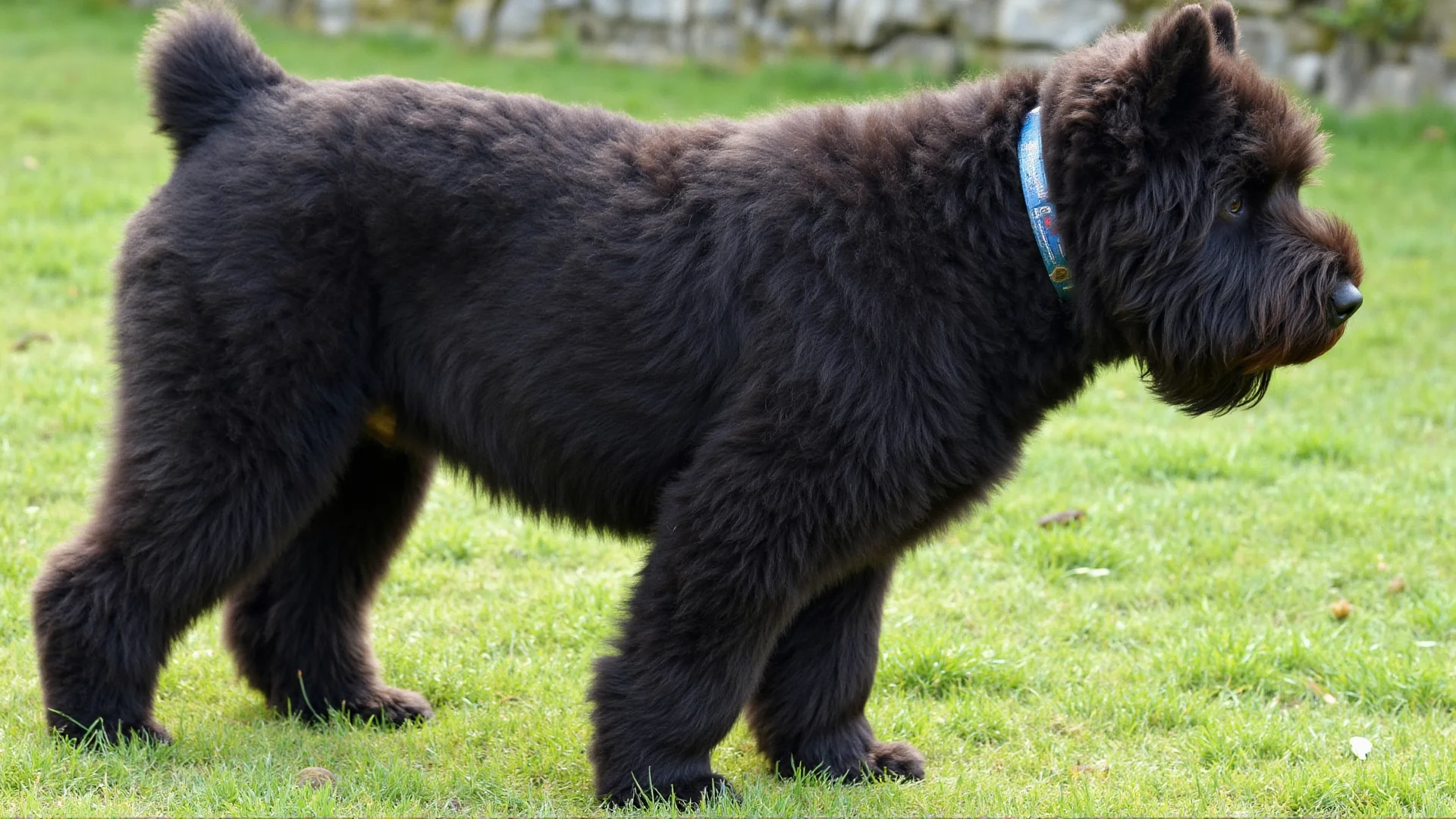The Tibetan Mastiff: Training Your Ancient Guardian for Modern Protection
The Tibetan Mastiff stands as one of the world's most formidable guardian breeds, with a lineage stretching back thousands of years in the harsh Himalayan mountains. These magnificent dogs were bred to protect monasteries, villages, and livestock from predators including wolves, leopards, and even bears. Today, they continue to excel as family guardians when properly trained and socialized.
Understanding the Tibetan Mastiff Guardian Mentality
Before diving into training techniques, it's crucial to understand what makes the Tibetan Mastiff such an exceptional guardian. These dogs possess an innate protective instinct that has been refined over millennia. Unlike many modern breeds, Tibetan Mastiffs were developed to think independently and make split-second decisions without human guidance.
Core Guardian Characteristics
- Territorial Awareness: Tibetan Mastiffs naturally establish and defend their territory with unwavering dedication
- Nocturnal Vigilance: These dogs are most active during dawn and dusk, maintaining watch throughout the night
- Threat Assessment: They excel at distinguishing between genuine threats and normal activity
- Independent Decision Making: Unlike herding breeds, they don't constantly look to humans for direction
- Intimidation Factor: Their massive size (males can reach 160+ pounds) and imposing presence often deter threats without physical confrontation
Early Socialization: The Foundation of Guardian Training
Proper socialization is absolutely critical for Tibetan Mastiffs intended for guardian work. A well-socialized guardian can differentiate between normal visitors and genuine threats, preventing unnecessary aggression while maintaining protective instincts.
Socialization Timeline and Strategies
8-16 Weeks: Critical Socialization Period
During this crucial window, expose your Tibetan Mastiff puppy to:
- Various types of people (different ages, ethnicities, and clothing styles)
- Normal household sounds (doorbell, phone, appliances)
- Different surfaces and environments
- Other animals they'll encounter regularly
- Vehicle sounds and urban environments
4-6 Months: Expanding Social Boundaries
Continue socialization while beginning to establish territorial boundaries. Allow your puppy to observe your property from different vantage points and begin introducing the concept of "welcome" vs. "unwelcome" visitors through controlled scenarios.
6-12 Months: Refining Guardian Instincts
As natural guardian instincts emerge, focus on channeling these behaviors appropriately. Practice controlled introductions with strangers and reinforce calm, alert observation rather than reactive behavior.
Essential Guardian Training Commands
Tibetan Mastiffs require specific commands that work with their independent nature while ensuring they remain under control when necessary.
Core Command Set
"Watch" Command
This command directs your Tibetan Mastiff to assume a vigilant position and observe their surroundings. Start by having your dog sit or lie down in a position where they can see the area you want them to monitor. Use the command "Watch" and reward them for maintaining alert attention for increasing periods.
"Quiet" Command
While barking is a natural guardian behavior, controlling when and how long your dog barks is essential. Allow 2-3 alert barks, then use "Quiet" with a hand signal. Reward immediately when barking stops. This allows them to alert you while preventing excessive noise.
"Friend" Command
Use this command to signal that a person is welcome. When introducing approved visitors, use "Friend" as you greet them warmly. Your dog will learn to associate this command with people who are allowed on the property.
"Back" or "Away" Command
This command moves your dog away from a situation without completely calling them off. It's useful when you need space to assess a situation or when their presence is intimidating but you want them nearby.
"Hold" Command
This advanced command instructs your dog to maintain position and prevent someone from moving without physical contact. This should only be taught by experienced trainers and is typically reserved for working guard dogs.
Territorial Boundary Training
Establishing clear territorial boundaries is crucial for Tibetan Mastiffs. They need to understand exactly what area they're responsible for protecting.
Property Familiarization
Walk your dog around the entire perimeter of your property regularly, using consistent routes. This helps them understand the boundaries of their territory. Use commands like "This is ours" or "Our space" to reinforce territorial ownership.
Entry Point Management
Focus special attention on entry points like gates, doors, and driveways. Practice controlled scenarios where approved people enter these areas, using your "Friend" command to indicate acceptance.
Multi-Level Property Training
For properties with multiple levels or complex layouts, ensure your Tibetan Mastiff understands which areas require different levels of protection. Interior spaces may require calmer vigilance, while perimeter areas call for more active guarding.
Advanced Guardian Scenarios
Once basic commands are mastered, practice real-world scenarios your Tibetan Mastiff might encounter.
Nighttime Protocols
Tibetan Mastiffs are naturally nocturnal guardians. Establish nighttime routines that allow them to patrol while respecting neighbors and local noise ordinances. Consider using outdoor cameras to monitor their behavior and ensure they're responding appropriately to nighttime stimuli.
Vehicle Approach Training
Practice scenarios involving delivery trucks, service vehicles, and unfamiliar cars. Your dog should alert you to arrivals but remain under control. Use different vehicles driven by friends to practice controlled approaches.
Family Protection Scenarios
If you have children, practice scenarios where your Tibetan Mastiff must protect family members. Start with very mild scenarios and always prioritize safety. Never encourage aggressive behavior that could escalate beyond your control.
Physical Conditioning for Guardian Work
A guardian dog must be physically capable of performing their duties effectively.
Strength and Endurance Building
- Hill Walking: Builds rear-end strength crucial for powerful movement
- Swimming: Excellent low-impact exercise for building overall fitness
- Weight Pulling: Supervised weight pulling builds functional strength
- Agility Training: Improves coordination and confidence in various terrains
Mental Stimulation
Guardian work is mentally demanding. Provide puzzle toys, scent work, and varied training sessions to keep your Tibetan Mastiff mentally sharp and engaged.
Managing the Guardian Lifestyle
Balancing Protection and Social Life
Living with a guardian breed requires lifestyle adjustments. You'll need to manage your dog's protective instincts while maintaining normal social activities. This might involve:
- Secure containment systems for when you have gatherings
- Clear protocols for service personnel and deliveries
- Regular training refreshers to maintain control
- Proper introductions for new neighbors or frequent visitors
Legal Considerations
Owning a guardian breed comes with legal responsibilities. Research local laws regarding guard dogs, ensure proper insurance coverage, and always prioritize public safety. Your dog's actions are your responsibility, so consistent training and management are crucial.
Troubleshooting Common Guardian Training Issues
Over-Protectiveness
If your Tibetan Mastiff becomes overly protective, increase socialization and practice more "Friend" command scenarios. Sometimes scaling back guardian training and focusing on basic obedience is necessary before progressing.
Lack of Protective Instinct
Some individuals may be naturally less protective. Don't force guardian behavior – instead, focus on alert training and territorial awareness. Not every Tibetan Mastiff will excel at guardian work, and that's perfectly acceptable.
Inappropriate Timing
If your dog is alerting at inappropriate times, review your training consistency and ensure they understand the difference between normal activity and genuine concerns. Increase mental stimulation to prevent boredom-based alerting.
The Rewards of a Well-Trained Guardian
A properly trained Tibetan Mastiff guardian provides unparalleled peace of mind. These magnificent dogs offer:
- 24/7 property awareness and protection
- Deterrent effect that prevents most problems before they start
- Loyal companionship combined with protective capability
- Connection to thousands of years of guardian dog heritage
- Confidence in your family's security
Remember that training a Tibetan Mastiff for guardian work is a significant commitment requiring patience, consistency, and ongoing management. When done properly, however, few experiences match the satisfaction of working with one of these magnificent ancient guardians.




